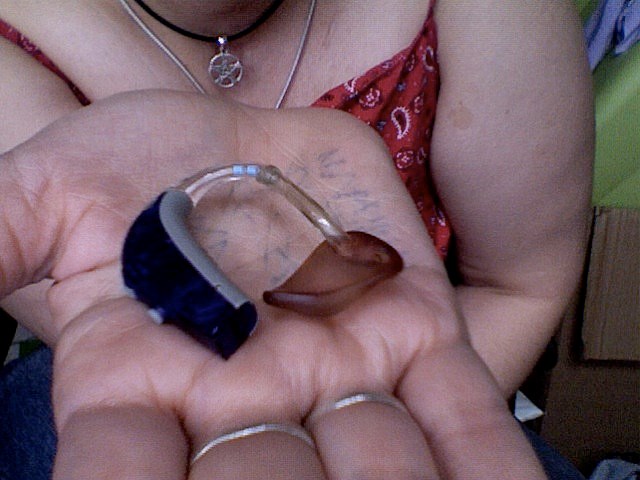May is Speech and Hearing Awareness month and now is the time for all hearing people to think about the challenged faced by deaf people.
“I encourage everyone to take part in the early detection and prevention of communication disabilities, one of the fastest-growing disabilities worldwide,” said Social Services Minister, Donna Harpauer, in a news release. “This month also serves to remind us to become more aware of some of the challenges individuals who experience communication disabilities encounter.”
Nairn Gillies, executive director of the Saskatchewan Deaf and Hard of Hearing Services (SDHHS), said that one of the greatest challenges for deaf people is just to be included by the people around them. He used the example of pretending your dad was deaf – if he’s socializing and can’t understand what people are saying, it makes it hard to participate.
“If your dad, every time he opens his mouth, he’s not talking about something that’s connected to the conversation, he’s going to clam up,” Gillies said. “He starts to withdraw and isolate himself … what we need to do is be careful to include people.”
SDHHS offers sign language classes, on call interpreters, a community services worker who can help with mental health and dealing with hearing loss, vocational training, instruction for new Canadians with hearing loss, and have spent time reaching out to deaf youth in the north and other youths who don’t have access to resources.
“It’s an invisible disability. People don’t realize there are deaf or hard of hearing people all around theem,” Gillies said. “There’s a lot of improvement we can do if people are aware of hearing loss.”
It’s also important to understand that even if a deaf person has a hearing aid or a cochlear implant, it’s still not perfect – hearing aids because they amplify every sound, so the person may not be able to hear words over say, a ceiling fan, and a cochlear implant because even then sound is not clear.
Gillies has firsthand experience with deaf people: his mother and brother both lost their hearing, and they both regained it later.
”I got to see what happens when the sound disappears from the stage,” he said. “I got to see what happens when they had successful surgery for their hearing to come back, and the sound of the wind in the trees leveled my brother. Just blown away, from being able to hear sound again.”
One of the biggest ways to help deaf people is infant screening.
“Every place that there’s a baby born, there needs to be infant screening happening. That I believe is nonnegotiable,” Gillies said.
In many cases, parents only realize their children are deaf when they’re two or three years old, and then it can be an 18 month wait to see an audiologist. By then, they’ve been without hearing for about five years.
“There is almost five years before language crosses the threshold of the brain,” Gillies said. “That’s not language delayed; it’s language deprived.”
He said that sign language is a great thing to teach young people, whether they are hearing impaired or not. He added that a child who learns sign language at a very young age will be two years beyond his peers in terms of language by the time he enters kindergarten; he said his own two year old grandson used the word “cacophony.”
There are things the average person can do to protect against hearing loss. This includes wearing earplugs if you work in an industrial environment or when there’s loud music.
“I really want to emphasize how early detection and ongoing healthcare is important,” he said.




